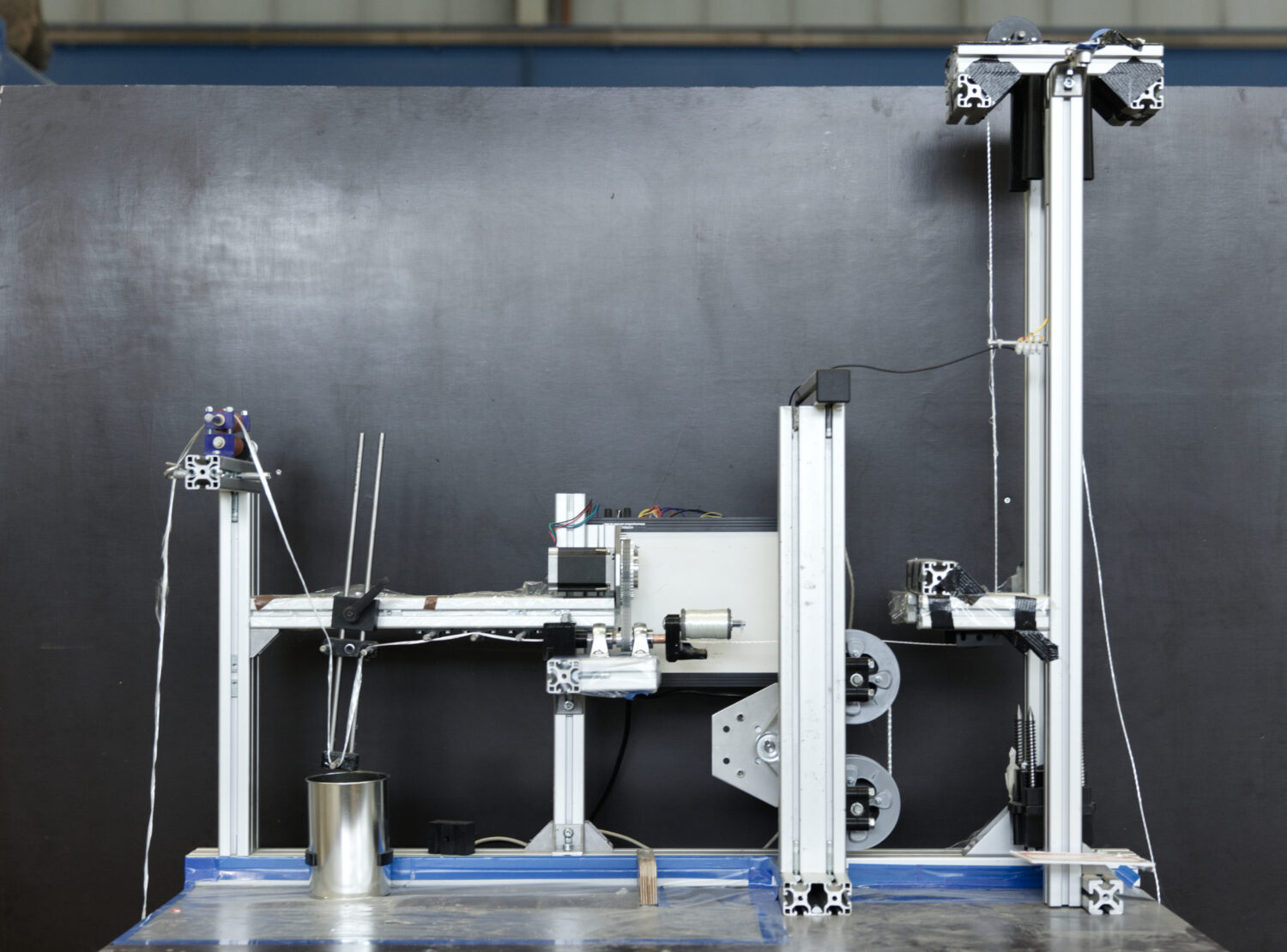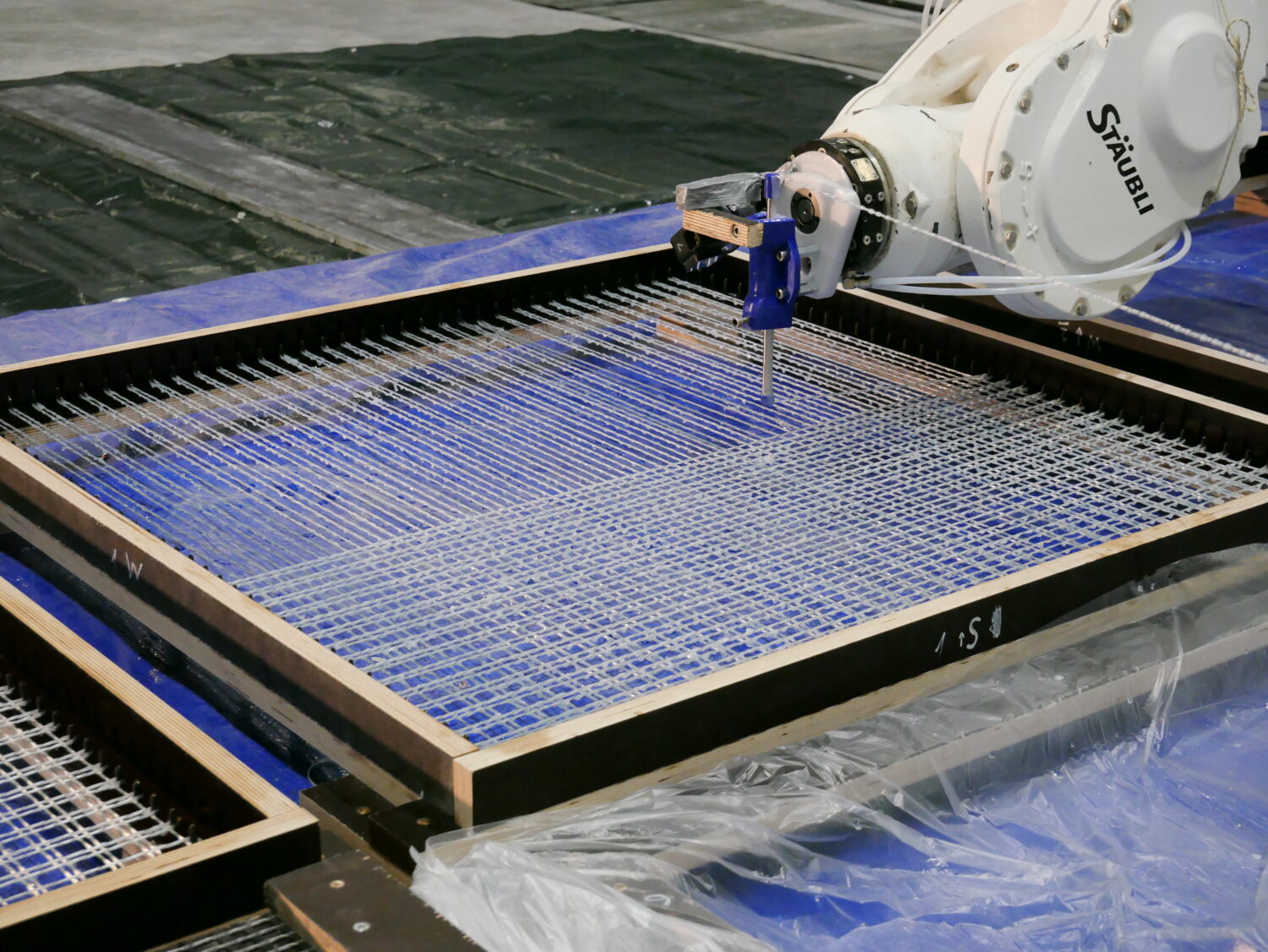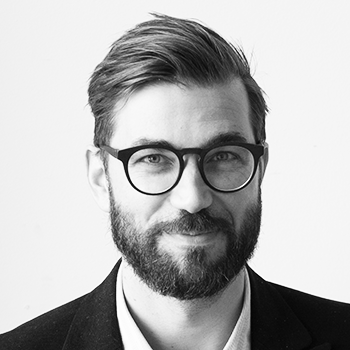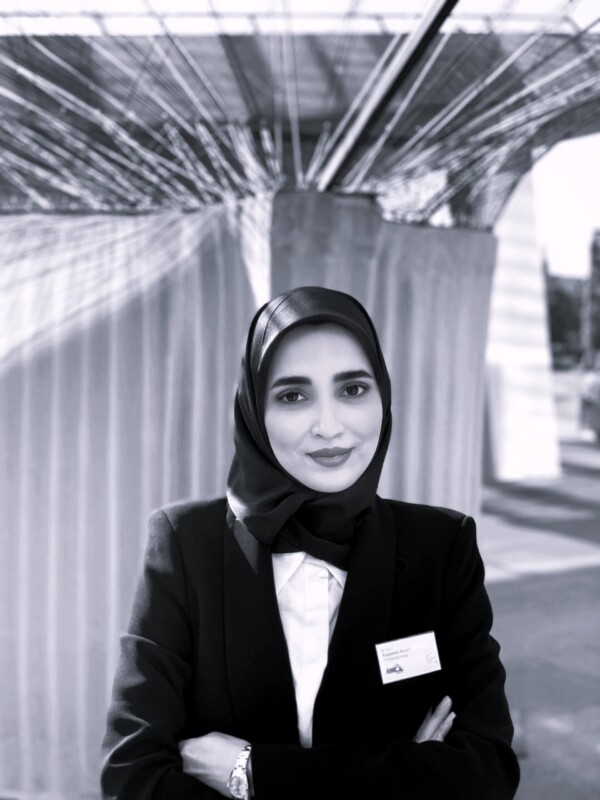Project A 05
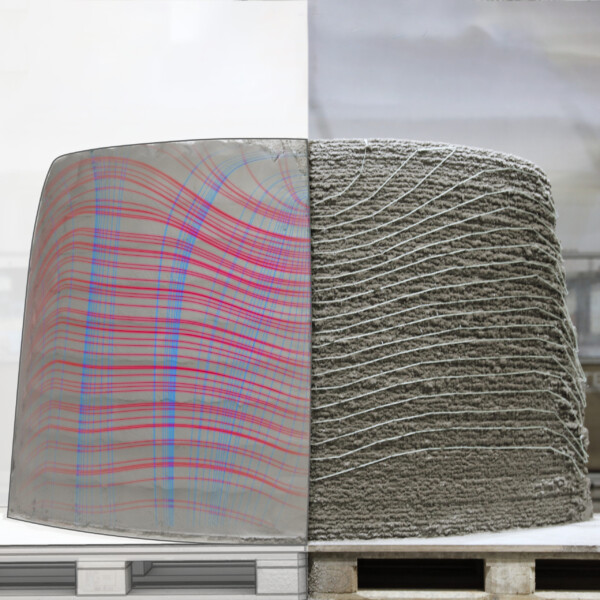
Networking with other projects
Integration of Individualized Prefabricated Fibre Reinforcement in Additive Manufacturing with Concrete
One of the biggest challenges in 3D printing with cementitious materials is the integration of reinforcement. As 3D-printed, unreinforced concrete components can only compensate for limited tensile forces, their range of applications is confined to predominantly compression-stressed components and thus the structural potential of 3D-printed parts remains unrealized. The aim of this project is to develop textile-based reinforcement strategies for additive manufacturing with concrete and to utilize the advantages of textile reinforcement (e.g. corrosion resistance and material flexibility) for the production of material-efficient, individualised structures.
Concept
In this project, different additive manufacturing techniques are being investigated for fabrication strategies to integrate fibre reinforcement. Therefore, a scope of novel processing techniques needs to be developed and tested in terms of structural feasibility and design opportunities for selected building components. Conceptually, all eligible strategies are subsumed under the basic process of winding a flexible fibre reinforcement strand with a digitally controlled robot arm. Prefabrication of the reinforcement is part of this fabrication scenario in order to achieve a continuous process chain and enhance existing concrete 3D printing.
Methods
To fulfil the aims of this project, a Dynamic Winding Machine for the prefabrication of textile-based reinforcement is developed at first place. With it, individually tailored fibre reinforcement strands can be produced at the construction site by the use of raw materials. Due to the fibres’ flexibility, it allows for different robotic winding strategies, which are selected with regard to the possible design applications, the fabrication constraints coming from the specific concrete 3D printing method and the structural requirements.
At this point, three basic winding principles are emerging. Firstly, “Frame Winding” enables an independent generation of a reinforcement structure, where concrete is added in a subsequent step by means of shotcrete 3D printing or extrusion. Secondly, “Pin Grid Winding” allows for the production of individualised flat inlays, that can be inserted parallel to the process of particle bed printing. Lastly, “Core Winding” opens up the possibility of reinforcing a component immediately after the printing process.
Networking with other projects
A close exchange with the A-projects that focus on the additive manufacturing techniques of shotcrete 3D printing, concrete extrusion and particle bed printing (SCA and SPI) is a matter of course in order to be able to specifically address the respective conditions for the automated integration of fibre reinforcement. Further, the robot control and the integration into a fully digital construction process are subjects of the collaborations.


